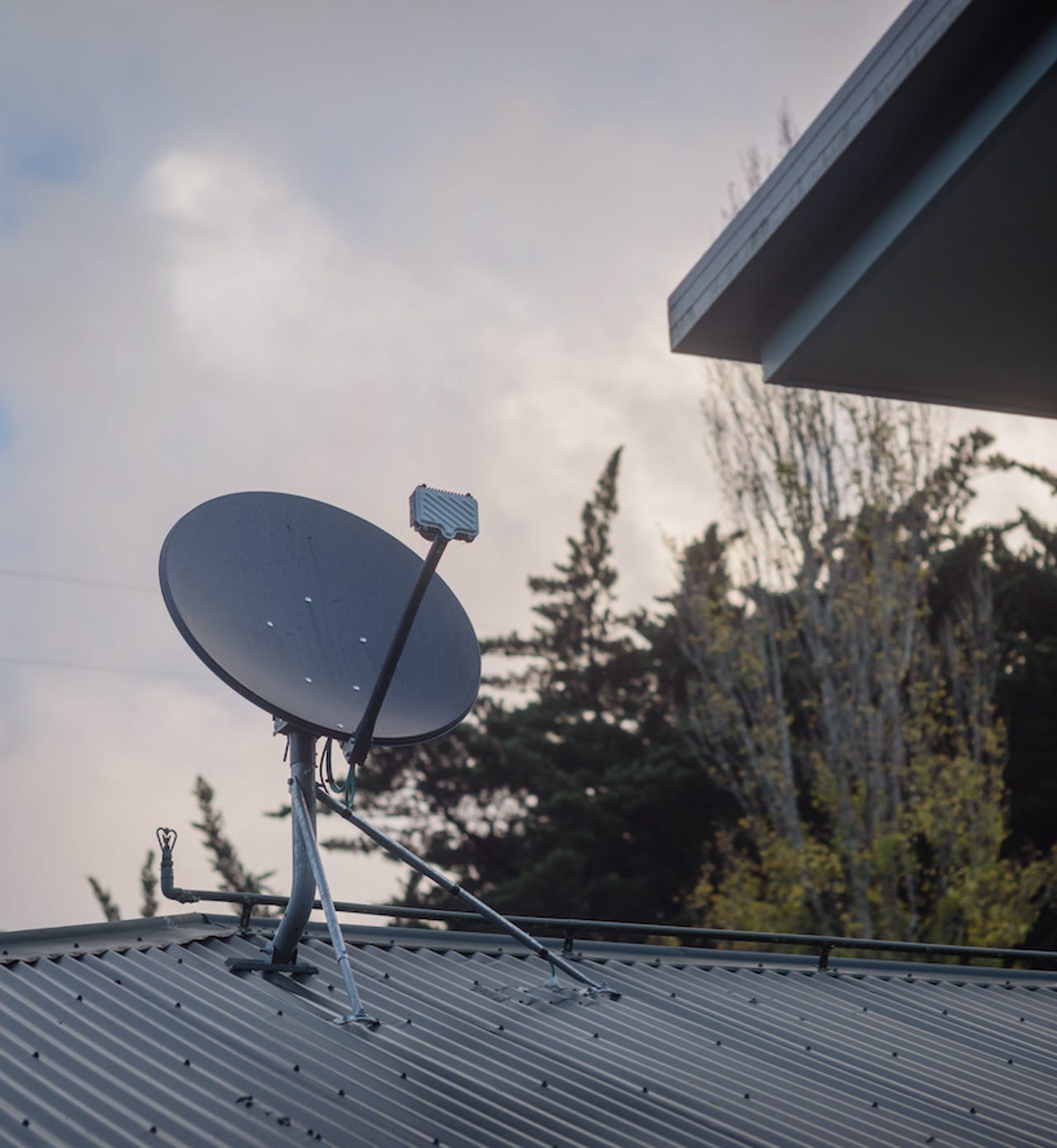Fixed wireless tower opposition and rocks saw 500 premises bumped onto NBN satellite


The company responsible for deploying the National Broadband Network (NBN) across Australia has detailed why 500 premises across the South Australian electorates of Boothby and Mayo were shifted onto satellites and did not get fixed line or fixed wireless service.
Responding to Senate Estimates Questions on Notice, NBN said in Mayo it had intended to roll out fixed wireless to rural areas around Mylor, but it could not find an appropriate site for the fixed wireless tower after community consultation.
"Despite a multi-year search, community consultations and extensive negotiations with local landowners, a site has not been able to be secured. As a result, residents in these areas have been offered an NBN Sky Muster satellite connection," the company said.
"Opposition to fixed wireless towers in this part of the Adelaide Hills continues to be an obstacle to securing a lease for a suitable site with a willing landowner."
NBN said it is still looking for sites around Mylor for future deployments.
On the border of the two electorates in Crafers West, NBN said it shifted 21 homes from fibre to the node technology onto its satellite service after encountering rocky soil.
"The presence of rock in the soil more than tripled the deployment cost for fixed line making it cost prohibitive," it said.
"Fixed wireless was not considered in this case due to the very low premises count meaning that deployment of this technology is also cost prohibitive."
In other responses, NBN said it expects to see AU$5.6 billion in cumulative common capital expenditure by the end of fiscal year 2022 that is not tied to the network build.
"This capex primarily relates to IT systems development & equipment capex, network engineering tools, security, reconnection costs, and equipment," it said.
Including the network build, cumulative capital expenditure is forecast to hit AU$32.8 billion in 2022.
It also added that of the 5911 employees and 497 temporary staff it had as of April 6, 610 employees and 131 temporary staff were in its IT department. NBN also had 70 employees in its corporate affairs section.
Responding to a question of how many appointments the company missed in the financial year to date, NBN stated it was almost 63,000, or 2.45%, and emphasised that 2.5 million appointments were completed on the day they were scheduled.
"In many of these cases, the technician turns up earlier or later than the stipulated time and still completes the job on the day. The number also includes some cases where bad weather restricted the ability to complete the job," NBN said.
"The number of missed appointments has decreased steadily month on month since July 2019 despite adverse weather conditions in February, which can restrict the ability to reach site on time and complete the job."
Last month, NBN gained a AU$6.1 billion line of credit from foreign and domestic banks, which was the first time it had taken on private debt. The company also has a AU$19.5 billion loan that is to be repaid to the federal government by 30 June 2024 through refinancing.
The new debt will be over a five-year term, with AU$2 billion to be drawn down to complete the network, AU$1.5 billion flagged for working capital to "provide the company with added flexibility", and the remainder to be allocated for strategic investments with "positive return beyond the initial rollout phase" as well as repaying the government.
NBN did not inform Senate Estimates what the interest rate on the debt is and only said "interest cost is lower than the 3.96% on the government loan".
The company also listed the ten areas where it had seen the lowest take up, with a notice that they were either areas with "very low premises counts", or had a high proportion of holiday homes, or were rural and regional areas.
Sitting at 10.5% is West Adelaide, followed by three Victorian areas with Loch Sport at 16.4%, Venus Bay on 20.5%, and Kew at 23%. Biloela in Queensland has 24.6% uptake, with the Tasmanian trio of Norseman, Leeman, and Lancelin reporting 25.7%, 26.1%, and 27.2% respectively. The final two in the top ten areas to not sign up to the NBN were Surfers Paradise at 27.3% and Roebourne in Tasmania at 27.5%.
Related Coverage
- NBN moves coronavirus CVC boost cut off date to August 19
- NBN admits telling Canberrans they needed to move off TransACT when they didn't
- Australian bushfires impacted 1% of all NBN services
- ACCC report and COVID-19 highlight how CVC is an artificial handbrake on the NBN
- Aussie Broadband throws 1Gbps speeds at full fibre and HFC users
- It wasn't just you, the NBN was slower at the back end of March